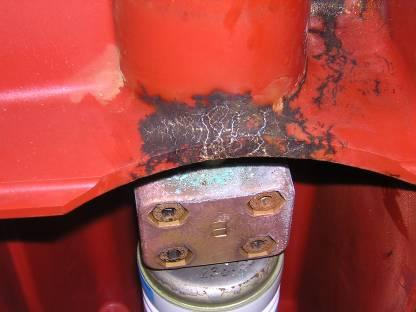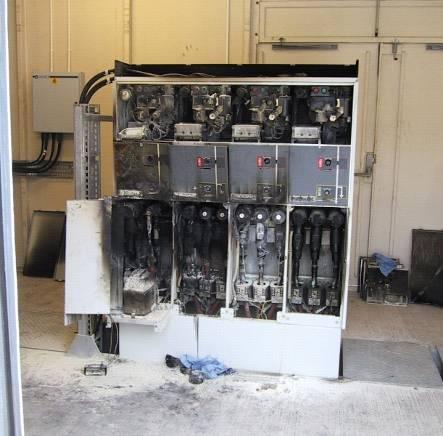
What is Partial Discharge (PD)?
A partial discharge is an electrical discharge or spark that bridges a small portion of the high voltage insulation between two conducting electrodes or a conducting electrode and earth. Partial discharge can occur at any point in the insulation system, where the electric field strength exceeds the breakdown strength of the insulating material.
Partial discharge can occur in voids within solid insulation, across the surface of insulating material due to contaminants or irregularities, within gas bubbles in liquid insulation or around an electrode in gas (corona activity).

What causes PD?
There are many causes of breakdown in insulation which lead to PD activity, including design and manufacturing defects, incorrect installation of components, faulty materials, mechanical damage and even vandalism. Even well designed and installed assets start to exhibit PD activity as they deteriorate with age and usage.
Environmental factors also play a role in the development of PD activity, including temperature, humidity, atmospheric pressure, vibration and other mechanical stresses.
PD failure process…
Once present, partial discharge ALWAYS tends to increase: but the way in which it increases is both measurable and predictable.
PD activity provides clear evidence that an asset is deteriorating in a way that is likely to lead to failure. The process of deterioration can propagate and develop, until the insulation is unable to withstand the electrical stress, leading to flashover.
The ultimate failure of HV/MV assets is often sudden and catastrophic. The best case scenario is that growing PD activity causes protection systems to trip out unexpectedly, resulting in outages. The worst case scenario is an explosive release of energy, causing major damage, injury and death.

Partial Discharge Measurement…
Just like people, electrical assets age and deteriorate. And as with human medicine, there have been tremendous advances in recent years in the ability to diagnose the ailments suffered by assets in their early stages, enabling us to keep them healthy and productive for longer.
The revolution in asset management is being driven by two factors which are inextricably linked: new techniques for accurately measuring the condition of live assets, plus new methodologies for managing assets more effectively, based on their actual condition.
There are many techniques available for assessing the condition of live assets, including oil sampling and analysis, plus thermal imaging. But the most useful is the detection, location and measurement of Partial Discharge (PD) activity in HV and MV assets, which are typically found in substations.
Partial discharges emit energy, the effects of which can be detected, located, measured and monitored:
• Electromagnetic emissions, in the form of radio waves, light and heat.
• Acoustic emissions, in the audible and ultrasonic ranges.
• Ozone and nitrous oxide gases.

The most effective techniques for detecting and measuring PD activity in live assets are based on quantifying:
1. Transient Earth Voltages (TEVs)
The importance of TEV effects (discharges of radio energy associated with PD activity) was first identified by EA Technology researchers in the 1970s. Measuring TEV emissions is the most effective way to assess internal PD activity in metalclad MV switchgear.
2. Ultrasonic Emissions
PD activity creates emissions in both the audible and ultrasonic ranges. The latter is by far the most valuable for early detection and measurement. Measuring airborne ultrasonic emissions is the most effective way to assess surface PD activity, where there is an air passage e.g. vents or door in the casing of an asset. Where chambers are completely sealed, ultrasonic contact probes can be used although these are less sensitive than the airborne microphones.
3. UHF emissions
PD activity can also be measured in the UHF range, and is particularly useful in monitoring EHV assets.
Perhaps surprisingly, however, detailed PD measurement as the basis of condition-based asset management is still in its infancy in many parts of the developed world, including the USA. Many operators still have no clear information on the condition of their assets until they fail and need replacing.
In conclusion…
The ability to assess the condition of MV and HV assets by measuring PD activity is increasingly driving a step change in power asset management. At its simplest level, it enables operators to identify and fix faults before they develop into failures. Used to its full extent, it is one of the technologies behind much more effective management of whole networks, based on a fuller understanding of asset condition. The result: greater network efficiency, availability, reliability and safety, with lower capital and revenue costs.
By Neil Davies, EA Technology International
Click here to LEARN about the Value of PD data.
Need a PD detection and measurement solution for your facility? Click here to CHAT to us now!

